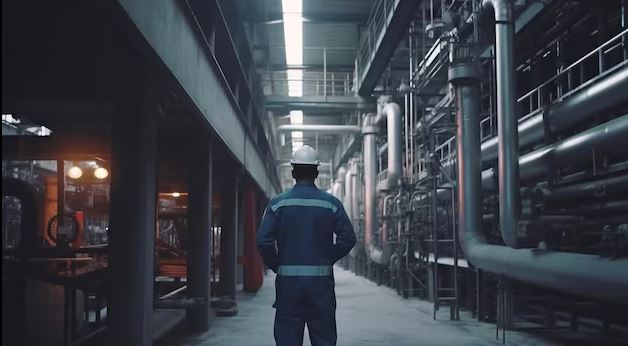Using chemicals in arts and crafts can open up a world of creative possibilities. From vibrant dyes to unique textures, chemicals can enhance your artistic projects in various ways. Here, we’ll share some tips for safely and effectively using chemicals in arts and crafts.
1. Understand the Chemicals You’re Using
When using chemicals in arts and crafts, it’s essential to know what you’re working with. Research each chemical to understand its properties, potential hazards, and safe handling procedures. Always read the labels and follow the manufacturer’s instructions to ensure safety and effectiveness.

Using Chemicals in Arts and Crafts
2. Wear Protective Gear
Safety is paramount when using chemicals in arts and crafts. Always wear protective gear such as gloves, goggles, and aprons to protect your skin, eyes, and clothing from potential splashes or spills. Ensuring proper ventilation in your workspace can also help reduce the risk of inhaling harmful fumes.
3. Work in a Well-Ventilated Area
Many chemicals used in arts and crafts can release harmful fumes if inhaled. Always work in a well-ventilated area to ensure that you are not exposed to toxic vapours. Using a fan or working near an open window can help maintain good air circulation.
4. Store Chemicals Properly
Proper storage of chemicals is crucial to maintain their effectiveness and ensure safety. Keep chemicals in their original containers with labels intact. Store them in a cool, dry place, away from direct sunlight and out of reach of children and pets. Proper storage helps prevent accidents and extends the shelf life of your chemicals.
5. Measure Accurately
Precision is key when using chemicals in arts and crafts. Always measure chemicals accurately to achieve the desired effects. Use appropriate measuring tools and follow recipes or instructions carefully. Accurate measurement ensures consistent results and minimizes the risk of chemical reactions going awry.
6. Use Quality Materials
Invest in high-quality chemicals and materials for your arts and crafts projects. Using quality materials can significantly impact the outcome of your work. High-grade chemicals are more reliable and produce better results, making your art more professional and durable.
7. Label Your Mixtures
When mixing chemicals for arts and crafts, always label your mixtures clearly. Write down the components and the date of mixing to keep track of your experiments. Proper labelling prevents confusion and helps you replicate successful results in the future.
8. Dispose of Chemicals Safely
Disposing of chemicals properly is just as important as using them safely. Never pour chemicals down the drain or throw them in the trash. Follow local regulations for disposing of hazardous materials. Many communities have designated disposal sites or collection events for hazardous waste.
9. Experiment with Different Techniques
Using chemicals in arts and crafts allows for endless experimentation. Try different techniques and combinations to discover new effects and textures. Whether it’s marbling paper with shaving cream and food colouring or creating your natural dyes, experimentation can lead to exciting artistic breakthroughs.
10. Keep a Journal
Keeping a journal of your art and craft projects involving chemicals can be incredibly useful. Document the materials, techniques, and results of each project. This practice helps you track your progress, learn from mistakes, and refine your skills over time.
11. Learn from Experts
There are many resources available for learning about using chemicals in arts and crafts. Attend workshops, watch tutorials, or read books by experts in the field. Learning from experienced artists can provide valuable insights and help you avoid common pitfalls.
12. Respect the Environment
When using chemicals in arts and crafts, be mindful of the environmental impact. Choose eco-friendly alternatives whenever possible and minimize waste. Responsible use of chemicals helps protect the environment and ensures that your art practice is sustainable.
13. Test on Small Samples First
Before using a new chemical technique on a large project, test it on a small sample first. This approach allows you to see how the chemical reacts and what the final result will look like. Testing on small samples can prevent mistakes and save time and materials.
14. Stay Organized
Organization is key to safely and efficiently using chemicals in arts and crafts. Keep your workspace clean and organized, with all chemicals and tools easily accessible. A tidy workspace helps you work more effectively and reduces the risk of accidents.
15. Have Fun
Lastly, have fun with your arts and crafts projects! Using chemicals can add a new dimension to your creativity. Enjoy the process of experimenting and discovering new techniques. The more you practice, the more confident you’ll become in using chemicals to enhance your art.
Conclusion
Using chemicals in arts and crafts can be both exciting and rewarding. By following these tips, you can safely and effectively incorporate chemicals into your projects, opening up new creative possibilities. Remember to prioritize safety, stay organized, and most importantly, have fun exploring the artistic potential of chemicals.




